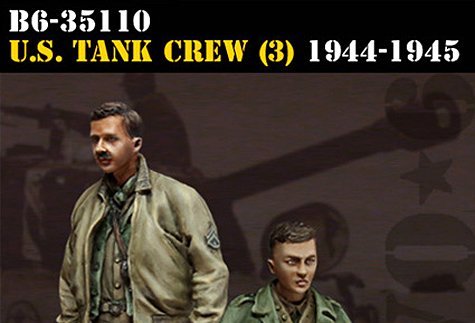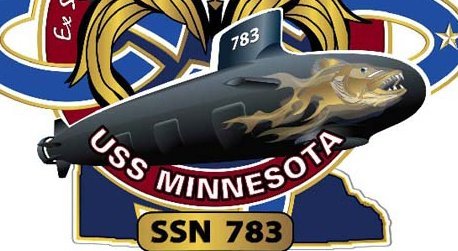
In the spring of 1942, the Japanese had surprising air superiority in the Pacific. This was achieved by the much lauded Mitsubishi Zero of the Imperial Japanese Navy and its army counterpart, the Nakajima Ki-43. At the beginning of its six and a half year production, the Ki-43 was a formidable adversary for contemporary Allied designs. Its appearance was a complete surprise, and its superior performance helped a number of Japanese fighter aces establish their dominance. By the end of WWII, however, it was outclassed by most of its opponents.

The Nakajima Ki-43 was a successor to the Japanese Army Air Arm’s Type 97 Ki-27. The fixed gear Ki-27 was the first Japanese aircraft design to measure up to Western fighter planes. Its success induced the Imperial Japanese Army to contract its manufacturer, Nakajima Hikoki KK, for the design and construction of a single seat fighter aircraft without the usual comparative trial process in December 1937. The specifications called for an aircraft capable of top speeds of 310 mph, a range of 500 miles, a climb rate of 16,000 ft in five minutes, and maneuverability while equipped with two machine guns.
Designer Hideo Itokawa had to compromise on the differing requirements. The end design, based on the Ki-27, was a slim, all metal monoplane with low three-spar wings, a closed cockpit, fully retractable undercarriage and a 950 horsepower radial engine on par with the Mitsubishi Zero. To reduce the weight and drag, the pilot and fuel tank had no protection.

The Nakajima plant in Ota, one of the oldest aircraft factories in Japan, completed the first prototype in December 1938. Two more followed in February and March, and were handed over to the JAAF for testing. The initial impressions of the aircraft were not flattering. The pilots were dissatisfied with the plane’s maneuverability and the reduced visibility offered by the enclosed cockpit.
Between November 1939 and September 1940 ten aircraft were produced for operational trials. Their armament varied between two 7.7 mm or 12.7 mm machine guns. Changes were applied to the fuselage to further reduce the weight, and a new canopy was designed to offer better visibility. Some planes had redesigned tail and wing surfaces to include “butterfly” combat flaps. The latter proved the most important detail: it greatly increased the aircraft’s maneuverability, making the Ki-43 a very nimble airplane that could outmaneuver its allied counterparts in close quarters.

The 13th prototype combined all the changes, and the final design was put into production in April 1941 as the Ki-43 Ia. The aircraft came with a 980 hp Ha-25 Type 99 engine and a fixed-pitch two-blade propeller. The Ia had a top speed of 310 mph and a 38,500 ft service ceiling. Its armament consisted of two Type 89 7.7 mm machine guns. Later versions of the Ki-43-I came with variable pitch propellers and Ho-103 12.7 mm machine guns. The mass produced variant, the Ki-43-Ic also had 66-pound under-wing capacity for bombs or fuel tanks.
At the outbreak of war about 40 planes went into service with two fighter groups in the Malay Peninsula. Their first missions were to provide fighter escort for Mitsubishi Ki-21 bombers over Hong Kong and Burma. Once the aircraft was confirmed to be a type different from the Ki-27 and the A6M Zero, the Allies gave it the codename Oscar. The Japanese name for the aircraft was Hayabusa (Peregrine Falcon), based off of the fact that the 64th Fighter Group, the first unit to change their Ki-27s to Ki-43s, had red falcons painted on the fuselage of their aircraft.

The Ki-43-I was relegated to second line duties once the improved design, the Ki-43-IIa went into production in autumn 1942. The new aircraft had an 1,130 hp Ha-115 engine with a two speed supercharger and a fixed-pitch three-blade propeller. Modifications of the wings allowed for improved low altitude speed and a 550-pound payload, and the aircraft was finally fitted with cockpit armor and self-sealing fuel tanks. The telescopic gun sights were replaced with reflector variations.
The armament, however, remained the same, and by this time the Hayabusa was outgunned and could be outrun by most Allied aircraft. Its only advantage was its long range and amazing turn and stall qualities, which provided maneuverability in close combat.
The mass produced version, the Ki-43-IIb, entered service in summer 1943. Apart from the main Nakajima plant in Ota, two other companies received production licenses. One of these, Tachikawa Hikoki, remained the sole manufacturer of the Ki-43 by mid-1944, when Nakajima ceased production in favor of the Ki-84. The final versions of the type, the Ki-43-IIIa and –IIIb appeared in 1944 with increased top speed and two 20mm machine guns. This version was intended to be used as an interceptor against B-29s, but mainly ended up being used as kamikazes.













